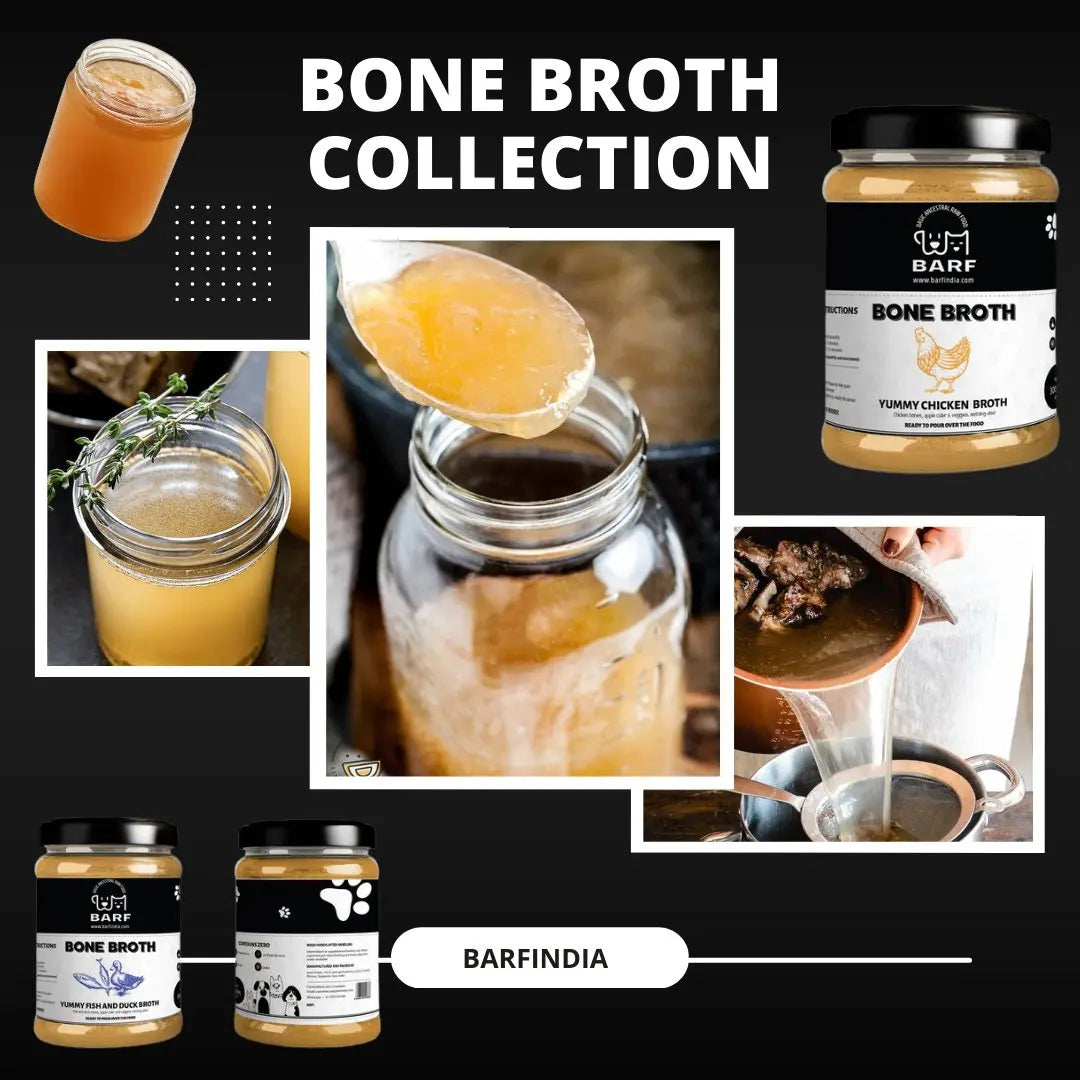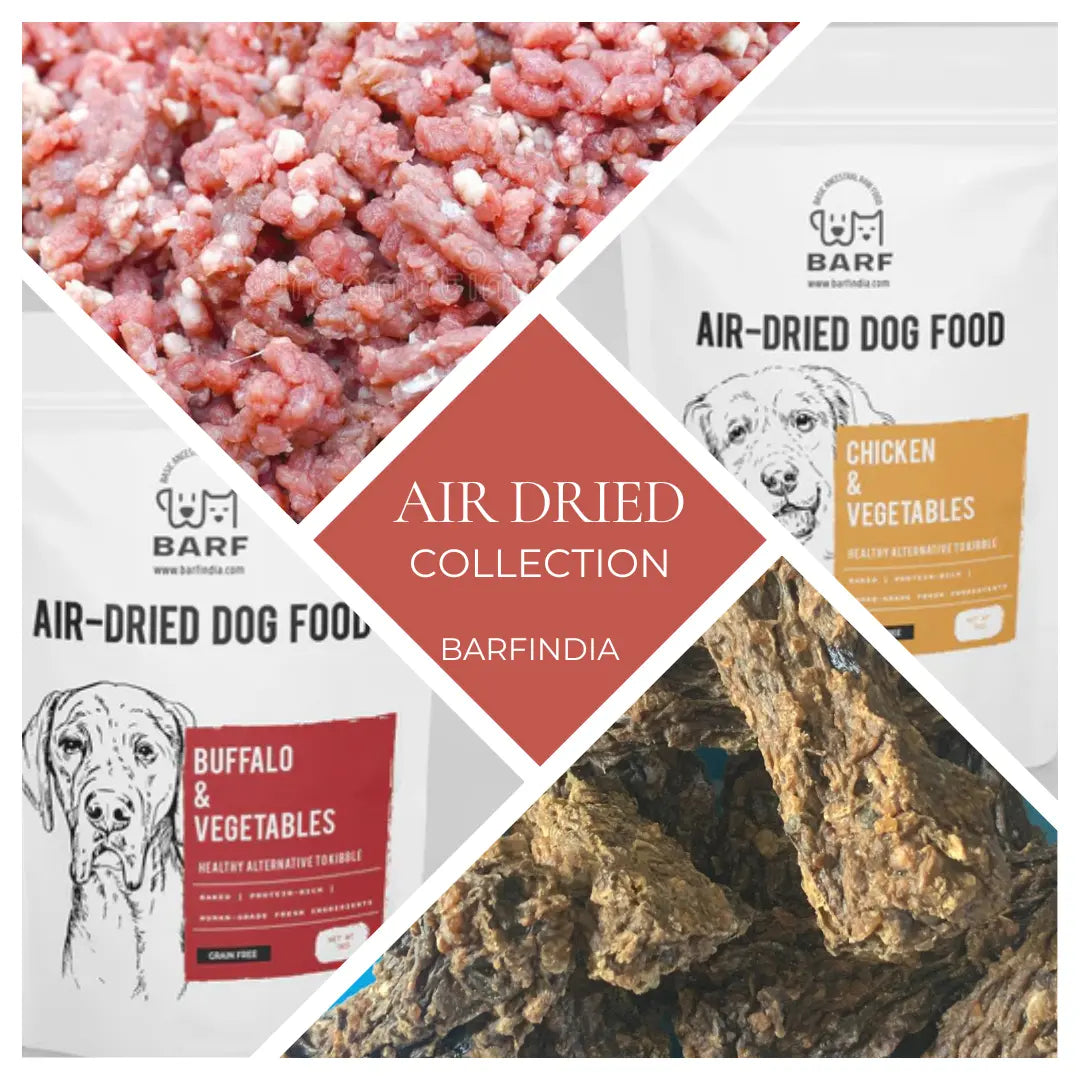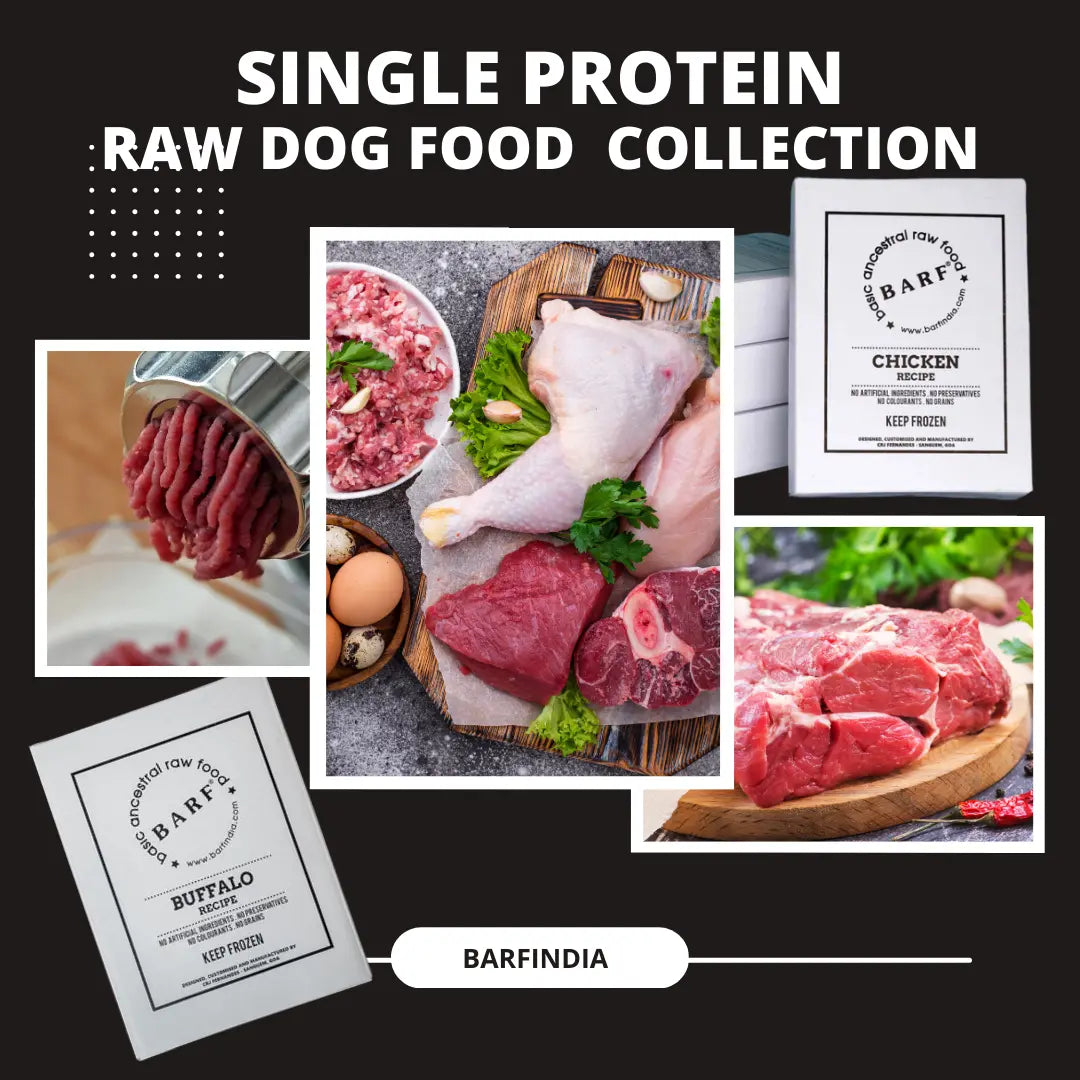
Do you know the recommended dosage of omega 3 for dogs?
B.A.R.F. India AdministratorDo you know the recommended dosage of omega 3 for dogs?
Are you in the habit of taking supplements for your overall health and wellbeing? It seems that your furry friend can benefit from a few too, more specifically omega-3 supplements. This is the magical stuff that will make your dog’s fur shinier, and it will reduce the chances of itchy, scratchy skin. On the inside, omega-3 will make your dog’s heart stronger, reduce the inflammation caused by arthritis and extend his lifespan. Before you run to the store to pick up a bottle, let us first understand a little more about this magical remedy.
Choose omega-3 supplements wisely for dogs
It is as important to choose the right source for your dog's omega-3 supplement requirements as you do for yourself. What is better: synthetic and artificial sources, or natural ones? When you give your dog supplements in their natural form, it is easier for the body to absorb it. Plus, the supplement in its natural form contains all the accompanying elements, thus offering greater nutritional value. A synthetic supplement isolates the component and doesn’t offer complete benefits. Give preference to molecularly-distilled, pure omega-3 fatty acids from marine sources, such as salmon. Wild-caught fish that live for longer and larger fish that are higher up on the food chain accumulate more mercury. This removes big mackerel, large sardines, larger tuna fish, of viable sources of omega oils. Smaller fish are the ideal sources that can be fed. Plant-based omega-3 fatty acids like flaxseed, pumpkin seed, soybean and walnut oil need to be converted into EPA and DHA (the versions of omega-3 that work best for mammals), and this may put additional strain on the digestive system, leading cause indigestion. If you pop marine-based natural supplements, you may safely share your omega-3 supplements with your pet.
Decide your dog's optimal dosage
Now that you know what supplement to give, let’s move on to the next point: exactly how much omega-3 should you give your dog for it to maintain its optimal health? If your dog is in good shape and has no health issues, then 800 milligrams twice a week for a dog weighing more than 30kgs is ideal. For smaller dogs, 250 milligrams twice a week is more than enough. If your dog has a skin condition that you are trying to treat or you wish to improve the quality of its fur, then take the dosage to 1,200 milligrams thrice a week for large dogs and 500 milligrams thrice a week for smaller ones.
How to give dogs omega-3 fatty acids
If your dog is good at pill swallowing, then follow your usual method. For fussy dogs (and most of them are!) blend the oil in something that your dog loves. It could be peanut butter or cream. Another easy way to do this is to wrap the capsule in a slice of cheese or bacon and give the coated pill to the dog to be swallowed. Trust us, it will work.
By when will omega-3 start to show results?
Omega-3 isn’t really a treatment where you can expect quick results. The therapy requires long-term, dedicated administration. Think of it as a lifestyle change rather than a temporary fix. Depending on whether your dog has a health or skin condition or not, it will take at least two-three months for your dog’s system to get used to the omega-3 supplements and for it to start showing results. In about two months you could start seeing an improvement in fur luster and improved agility. If your dog has a skin condition, it could take as long as three months (or even slightly more) for itchy, scratchy skin to improve. Even though the results seem to take really long to show up, the health and wellbeing benefits of an omega-3 diet are solid and long-lasting. This is because the supplement doesn’t treat symptoms but targets diseases and inflammation at the cellular level itself.
 Side effects and the overdose of omega-3 fatty acid
Side effects and the overdose of omega-3 fatty acid
Are there any side effects that you should watch out for? Generally speaking, if you are administering natural supplements, that are fresh, then there are no harmful side effects. There could be slight discomfort initially, such as indigestion, gassiness or loose stools for a few days. However, once the dog’s system gets accustomed to it, the effects will settle down. Overdosing is not an issue; however, since high-quality omega-3 supplements are expensive and not too much is required to achieve desirable health benefits, it doesn’t make sense to blindly dowse your dog's food with these oils. It will only lead to wastage and prolonged digestive discomfort in your pet.
What else can you do?
Supplementing your dog with omega-3 will not make too much of a difference if your dog’s overall diet is incorrect. Have you considered feeding your pet a balanced, species-appropriate, raw diet? A part of the wolf family (yes, even your sweet Lab or lap-sized Apso), your dog needs and will thrive only on a raw diet. Raw food is a natural food and it contains the exact mix of all the nutrients and goodness that a dog would get if it were a wild creature. More importantly, it doesn’t have any low-quality protein that is not good for your dog. You can make your own raw food in the right proportion, or you can buy commercially prepared raw food for your diet. Supplement the raw diet with omega-3 and watch your furry companion become healthier.




